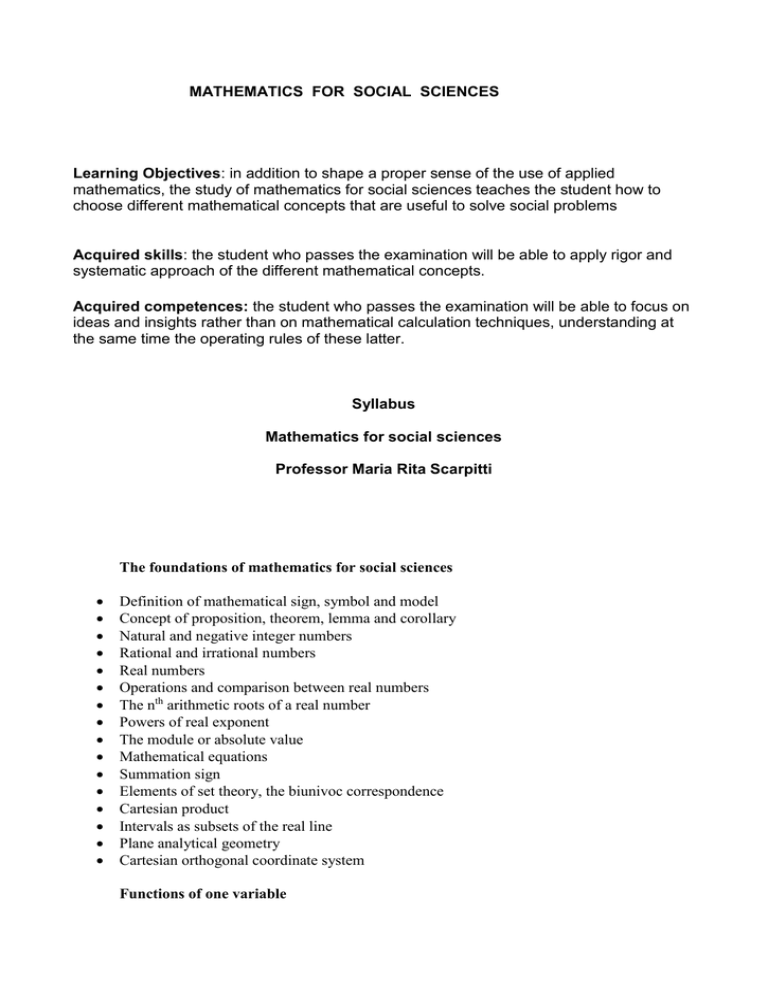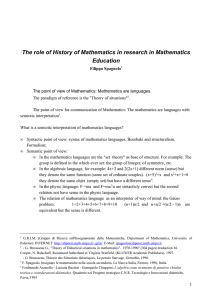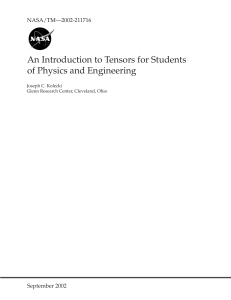
MATHEMATICS FOR SOCIAL SCIENCES
Learning Objectives: in addition to shape a proper sense of the use of applied
mathematics, the study of mathematics for social sciences teaches the student how to
choose different mathematical concepts that are useful to solve social problems
Acquired skills: the student who passes the examination will be able to apply rigor and
systematic approach of the different mathematical concepts.
Acquired competences: the student who passes the examination will be able to focus on
ideas and insights rather than on mathematical calculation techniques, understanding at
the same time the operating rules of these latter.
Syllabus
Mathematics for social sciences
Professor Maria Rita Scarpitti
The foundations of mathematics for social sciences
Definition of mathematical sign, symbol and model
Concept of proposition, theorem, lemma and corollary
Natural and negative integer numbers
Rational and irrational numbers
Real numbers
Operations and comparison between real numbers
The nth arithmetic roots of a real number
Powers of real exponent
The module or absolute value
Mathematical equations
Summation sign
Elements of set theory, the biunivoc correspondence
Cartesian product
Intervals as subsets of the real line
Plane analytical geometry
Cartesian orthogonal coordinate system
Functions of one variable
Concept of real function of real variable
Graph of a function
Linear and quadratic functions
Logarithmic and exponential functions
An intuitive idea of continuity for a real function of real variable
The limit of a real function of real variable
Differential calculus in one variable: the derivative
Linear Algebra
Definition of vector and operations on vectors
Scalar product of a vector
Vector spaces Rⁿ
Linear combination of vectors
Linearly independent and dependent vectors
Bases and dimensions of a vector space Rⁿ
Matrices and operations on matrices
Conformability for matrix multiplication
The determinant of a matrix
Rank of a matrix
Systems of linear equations
Reference text:
Simon, C. P., and L. Blume (1994): Mathematics for Economists. W.W. Norton, New York, NY,
(2007):












